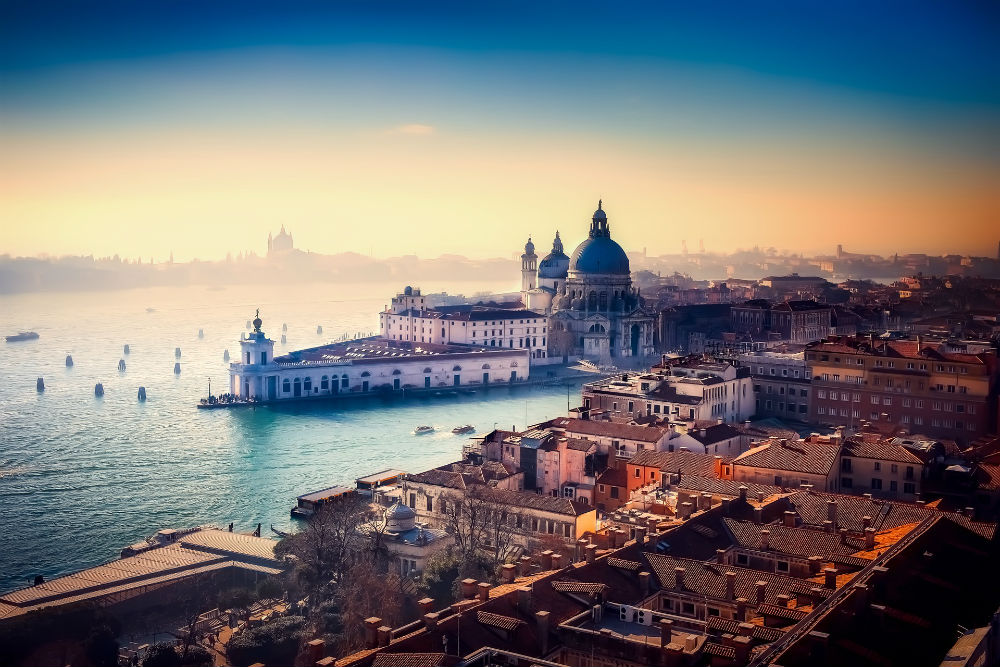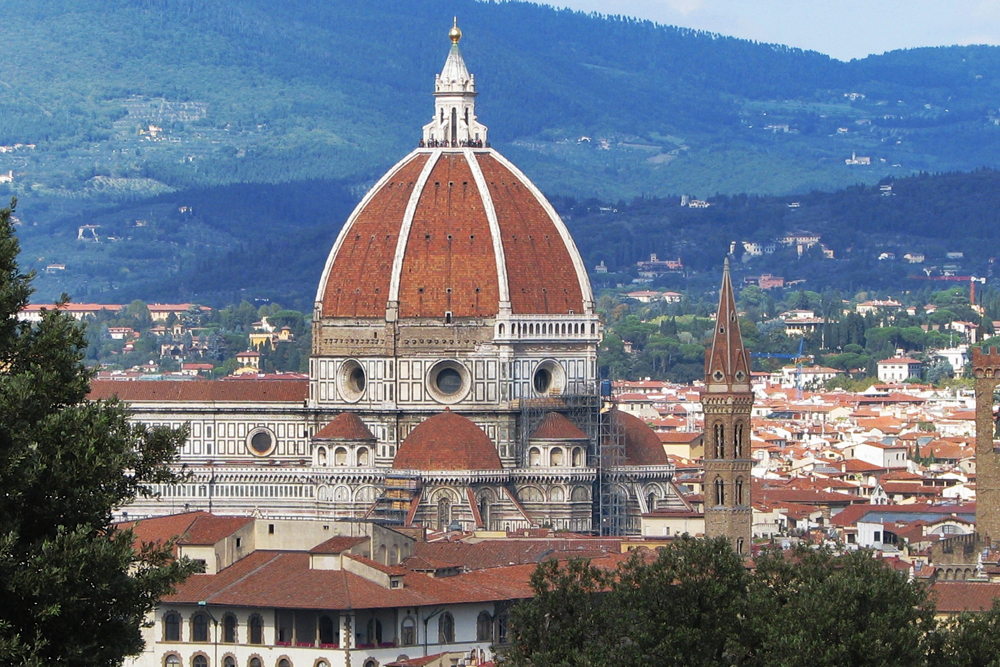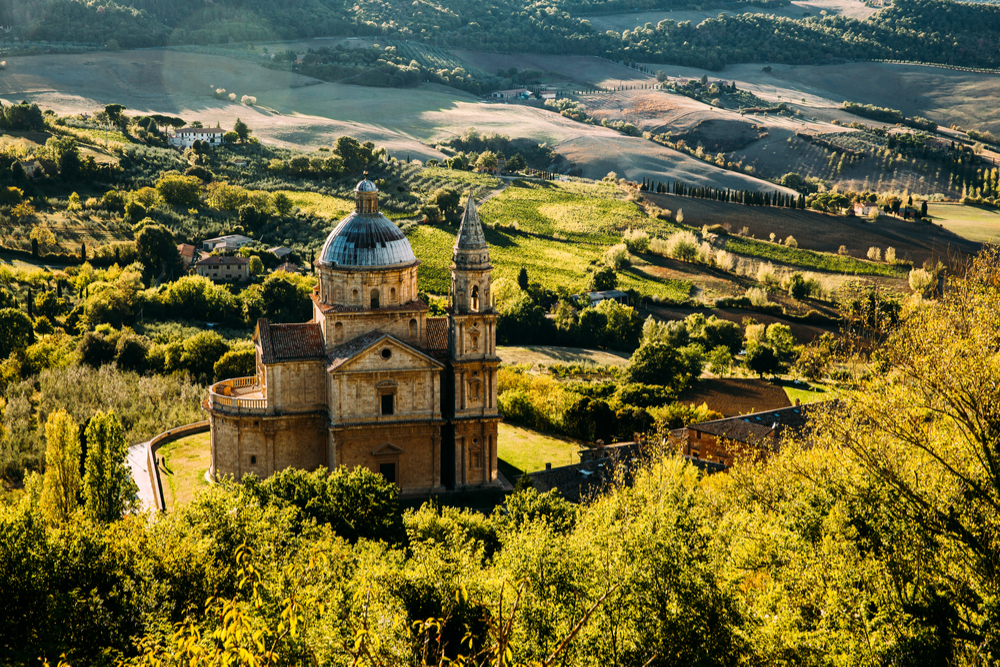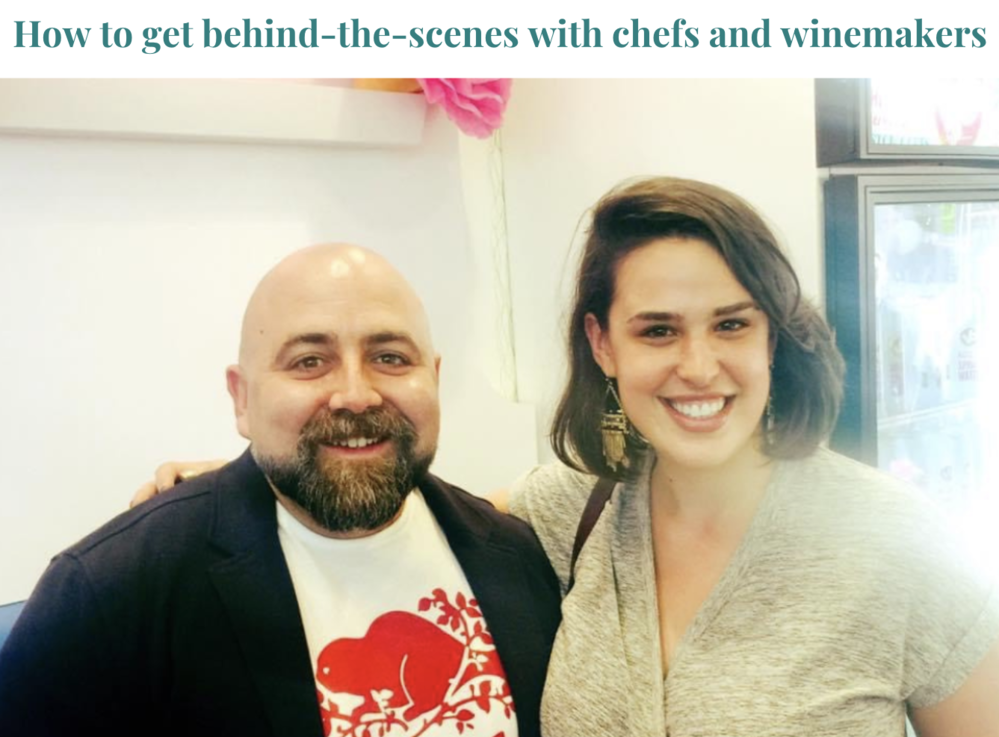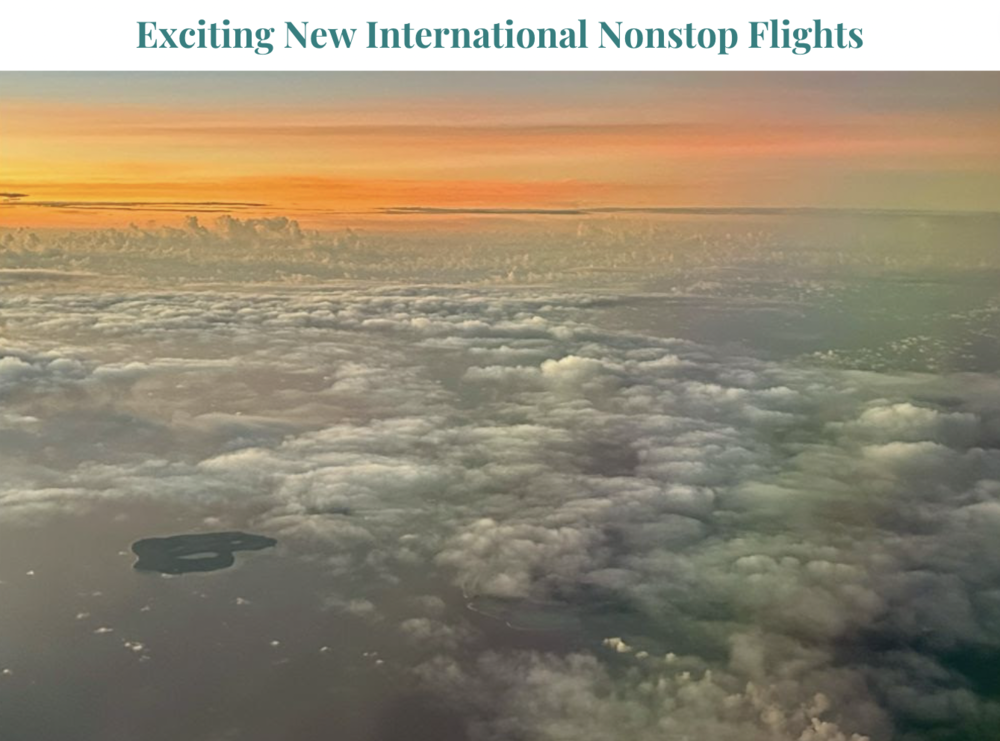Umbria: Insider’s Guide
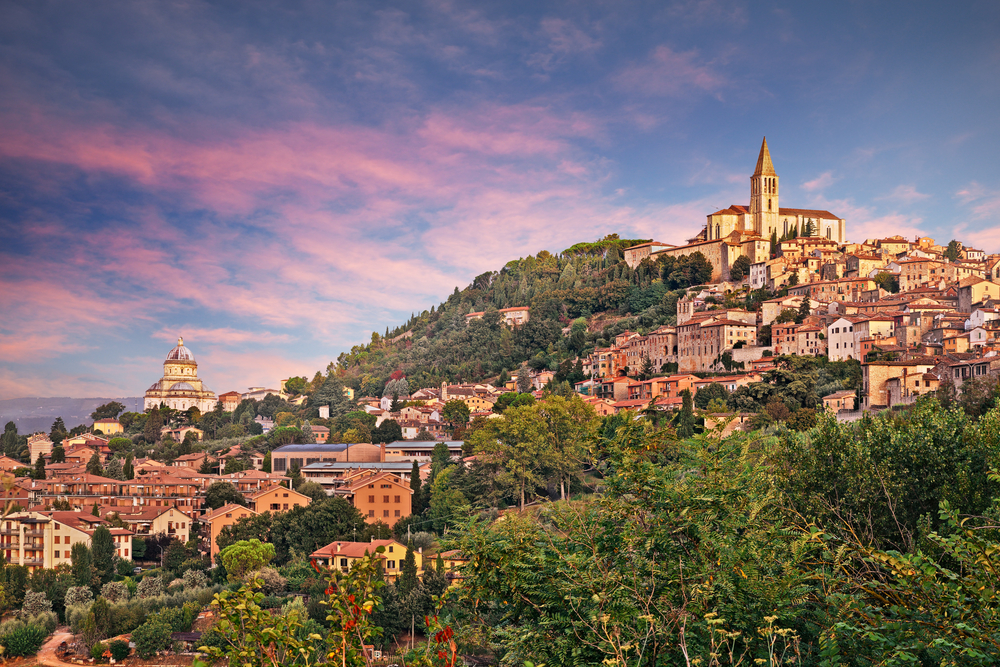 Landscape at dawn of Perugia, Umbria. Photo: Shutterstock
Landscape at dawn of Perugia, Umbria. Photo: Shutterstock
The insider advice on this page is from two of Wendy’s Trusted Travel Experts for Italy: Maria Gabriella Landers and Brian Dore of CIU Travel.
Call on Maria and Brian when you want the ultimate culinary tour of Italy, or to be matched with charming and terrifically knowledgeable private guides and drivers who have keys to doors you wouldn’t even know how to look for, let alone open. Maria has a background in art history, Brian is a former chef; they met as professional opera singers. Through this husband-and-wife team, you can gain entrée to noteworthy winemakers, charismatic artisans, secret private gardens, and the like. Maria and Brian have a home in Umbria and love to show travelers that region’s hidden charms, but they are equally comfortable making arrangements everywhere from the Amalfi Coast to Lake Como—as well as farther north into Switzerland (Brian is an enthusiastic hiker and skier who’s tested out many Alpine slopes and trails). When it comes to hotels, Maria and Brian will make sure you’re shown to the rooms with the most beautiful views in the country’s most atmospheric boutique 5-star and 4-star properties.
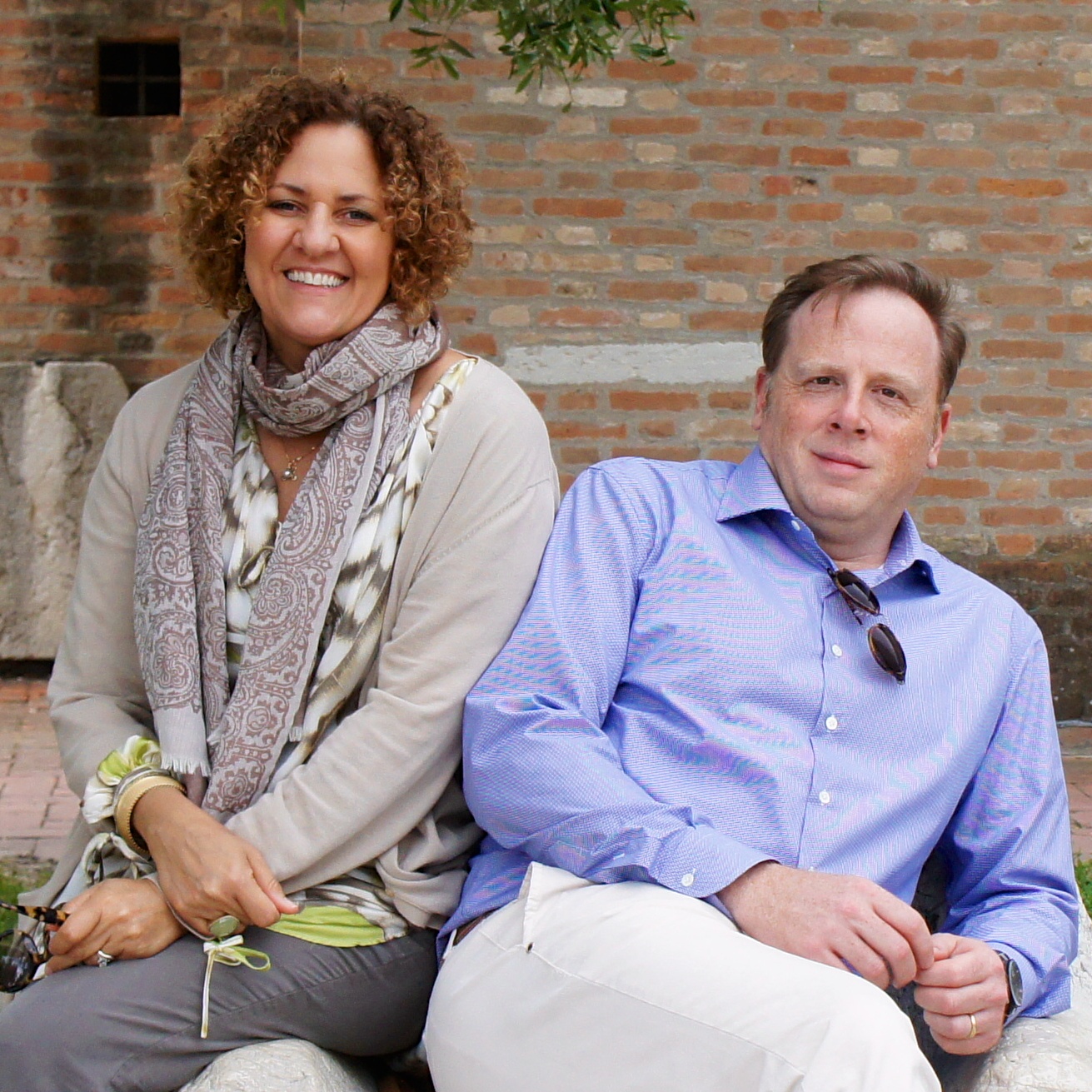
Where to Stay and Eat
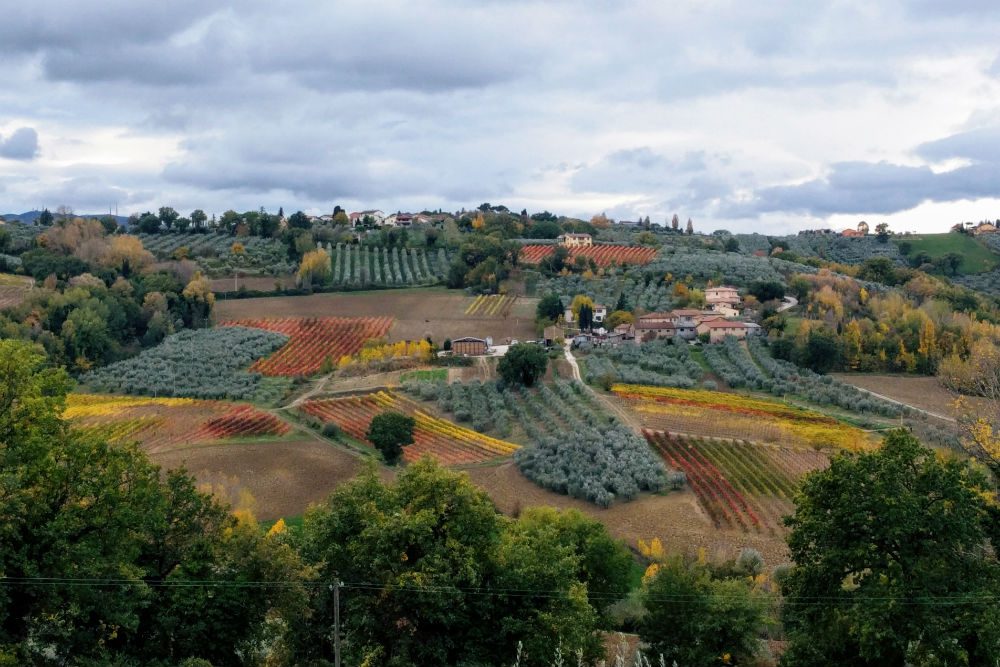
Sample Umbrian’s special wine made from local Sagrantino grapes, which you’ll see growing all over Umbria. Photo: Billie Cohen
Best bang-for-your-buck hotels
Compared to neighboring Tuscany, Umbria is significantly less expensive. Even the most elegant hotels are a good value, and you can often splurge on a larger room or suite for the same amount of money that a much smaller accommodation would cost just an hour’s drive away. The Palazzo Bontadosi Hotel & Spa, for example, is a historic palazzo with frescoed ceilings and an excellent restaurant, right on Montefalco’s delightful main square. If you’d rather be a bit farther into the countryside, Borgo della Marmotta in the rolling hills north of Spoleto is a renovated hamlet with a country-chic vibe and farm-to-table restaurant.
Restaurants the locals love
Ask anyone who appreciates food and wine in Umbria, and they will all send you to the same place: L’Alchimista in Montefalco’s pretty main piazza. Despite its memorable food, extensive wine list, Italian mamma who comes out of the kitchen periodically to check on diners, incredible popularity (reservations are a must in high season), and general pretty-close-to-perfection vibe, this casual trattoria hasn’t upped its prices in years, making it quite possibly the best value north of Rome. The dish you’ll still be thinking about six months later? Gnocchi al Sagrantino, potato dumplings cooked in the town’s beloved wine.
In Perugia, tables at the historic Da Cesarino are always crowded with local politicians and personalities sitting alongside students and travelers. The fare is solid and classic, and in summer, you can sit outside to take in the view of the town’s iconic fountain. The service is of the Italian no-nonsense variety, but for the most local dining experience in Perugia, there is no better place.
Dishes to try
Umbrians are deeply proud of their unique culture and history, and this pride translates into the region’s dishes. Expect to find very little in the way of fusion, modern twists, and updated interpretations here. These people have been eating these local specialties for generations and have no intention of changing that now. Among the many standouts to try: strangozzi, a thick, long, and decidedly filling pasta, served with a pungent game sauce or aromatic local black truffles; salty prosciutto from Norcia; a mile-high porchetta sandwich with slow-roasted pork; heirloom legumes including Castelluccio’s lentils and Lake Trasimeno’s fagiolina; foraged treasures such as mushrooms and wild asparagus (delicious in an egg frittata); and, of course, local olive oil over everything.
Must-have wine
The tannic, tongue-tingling Sagrantino di Montefalco red.
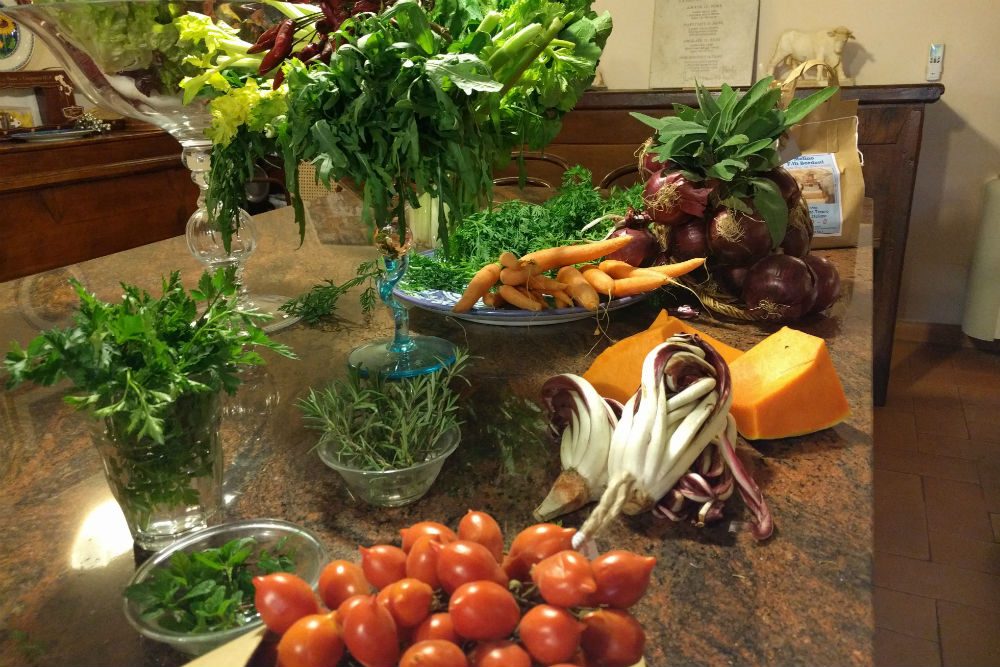
Harvest from the garden at Villa Roncali, which goes right into the elaborate meals the chef prepares. Photo: Billie Cohen
Meal worth the splurge
Just as Umbria is not about molecular gastronomy, it is also not about high-end dining. Your most memorable meals here are more likely to be had at the simple family trattorias rather than the elegant gourmet destinations. One exception that is worth the investment (in money and time; a meal here can last the better part of a day) is Foligno’s Villa Roncali.
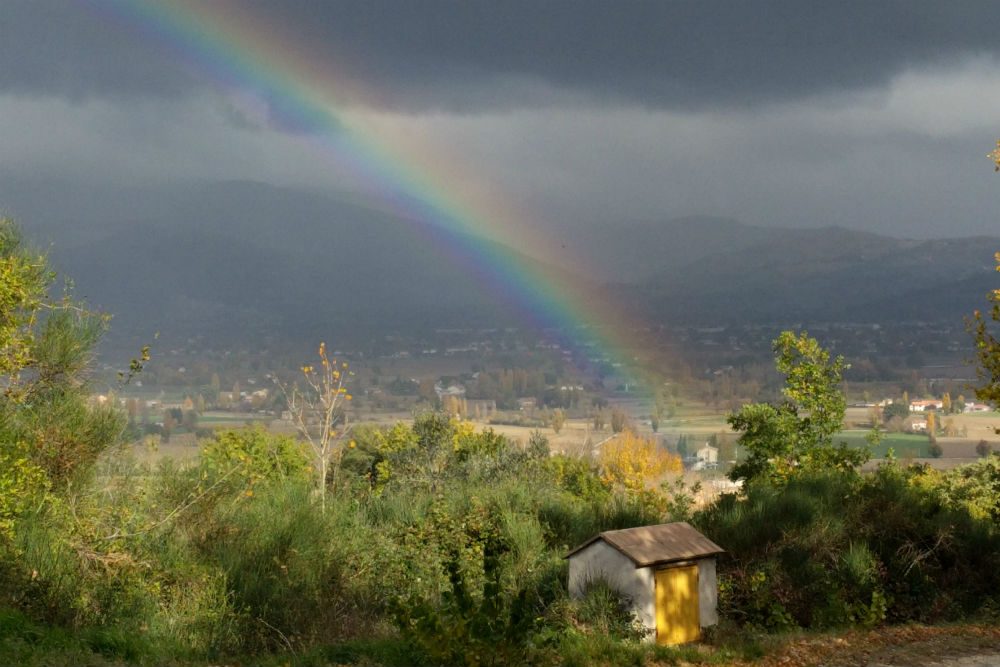
It’s easy to find a spot with a view in Umbria. Photo: Billie Cohen
Prime picnic spots
Most of Umbria’s towns are so tiny that you need only step out of the medieval city gates to come across a quiet park or olive grove where you can spread out a blanket and enjoy your local fare with a view. An exception is the cosmopolitan capital city of Perugia, where the locals are elegantly turned out, the smart sidewalk cafes are abuzz, and the boutique-lined streets are devoid of grassy spots. For a quiet respite here, try the welcoming lawns in front of San Michele Archangelo (at the end of Via Garibaldi) and San Francesco al Prato (at the end of Via dei Priori), or settle into a bench in Giardini Carducci (in front of the Brufani Palace hotel) for great views and people watching.
Assisi frowns on picnicking in the public piazzas, especially the few grassy squares in front of the town’s churches. For a sandwich with a view, you can hike up to the dramatic Rocca Maggiore fortress, where there is a hillside beyond the castle walls that captures views over Assisi and the Umbrian valley; or stay inside the castle courtyard on windy days.
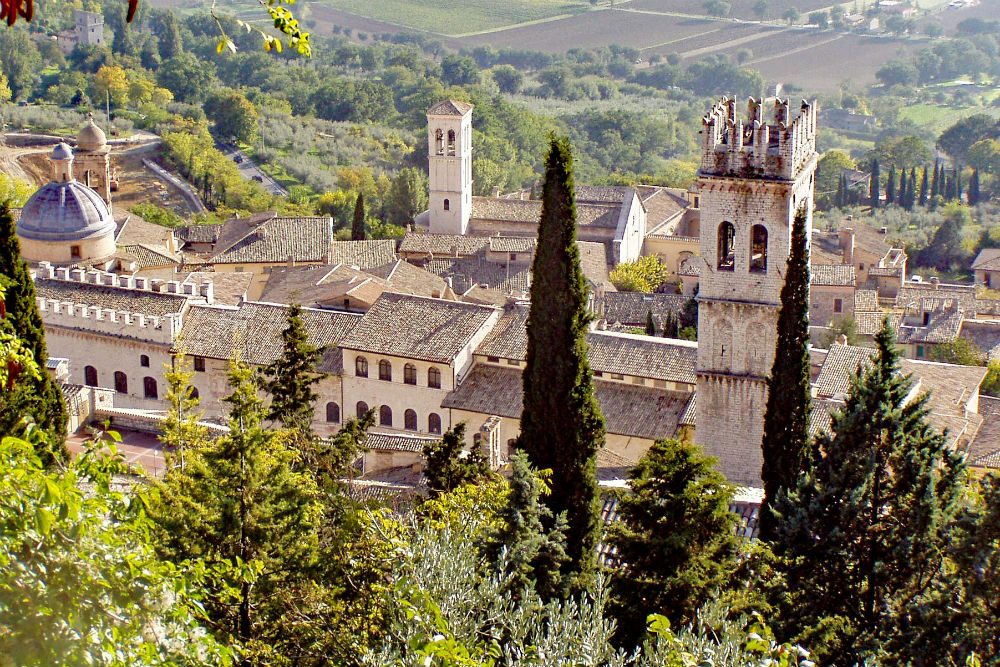
Assisi, Italy. Photo: Pixabay/Valtercirillo
What to See and Do
Most underrated place
Italians say, “The smaller the barrel, the better the wine,” which is a poetic retort both for petite people and petite towns. Just because Bevagna or Montefalco often merit only a sentence or two in the travel guides doesn’t mean they aren’t worth a visit. Bevagna has a number of lovely Romanesque churches, a Roman mosaic, a Hollywood set-ready piazza, and a plethora of excellent casual trattorias. Montefalco, perched high above the Umbrian plain, has one of the most dramatic views in the region and a surprisingly wonderful museum—the Museo di San Francesco, the former church of Saint Francis—with important works by Benozzo Gozzoli and Perugino. A good rule for Umbria: The smaller the font on the map, the more likely that you are in for a lovely surprise.
Most overrated place
About 20 years ago, Todi was named a model sustainable city by an American professor of architecture, an honor quickly transformed into “the world’s most livable city” in the press. Almost overnight, this previously sleepy hill town saw a wave of foreigners both visiting and settling here to enjoy its bucolic blandness. Its reputation and draw are disproportionate to its actual charm or importance; it has a church or two, a relatively pretty piazza, and a nice view, but so do a number of infinitely more interesting and lovely hill towns in Umbria, including Montefalco, Spello, Assisi, Spoleto, Gubbio, Orvieto, and Bevagna.
Hidden gems
Set deep in the Apennines, Gubbio is just enough off the tourist track to elude many visitors to Umbria. That’s a shame, because with its imposing medieval center lording over the plain, photogenic Roman amphitheater, and historic majolica production, the town is a delightful discovery for everyone from history buffs to photography enthusiasts. Once you’ve explored the town, make sure to catch the standing funicular up the mountainside to St. Ubaldo.
Not up for so much driving? You can leave the crowds behind by deviating a few hundred meters off the pilgrim track in crowded Assisi and head to tiny, silent San Damiano just beneath the center of town. While most visitors head directly to the iconic Basilica of San Francesco, for a real taste of the quiet humility of this fascinating historical and religious figure, visit instead the simple, 12th-century monastery where Francis famously received the call to restore the Church and where his faithful friend and ally Claire founded the Poor Claires and eventually died.
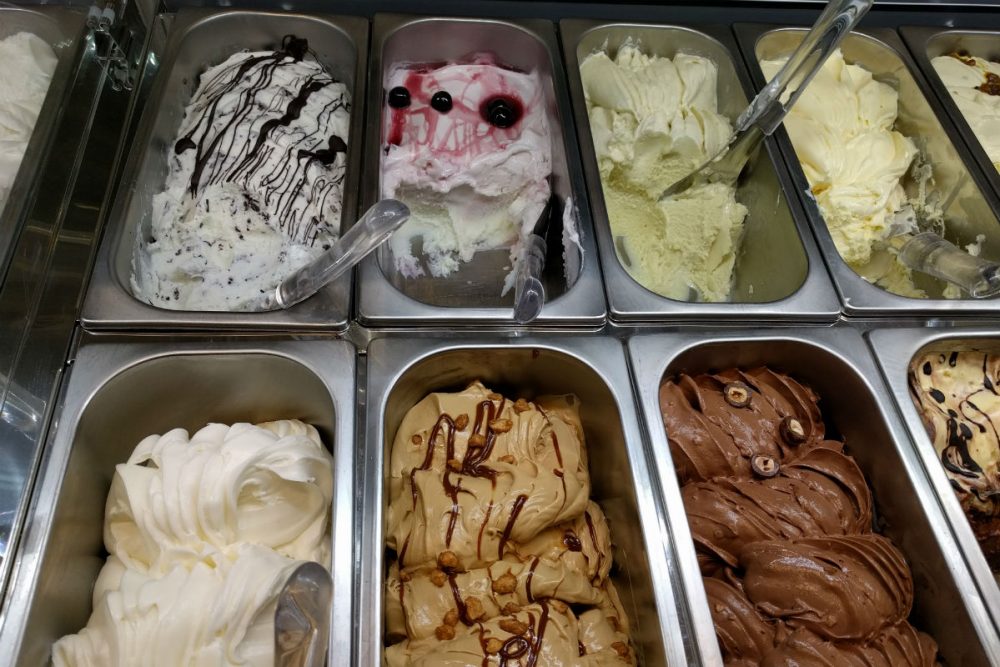
Amandola Gelateria makes dozens of flavors from scratch daily. Photo: Billie Cohen.
Cheap thrills
Umbria is a region most beloved for its beautiful countryside, and there are a surprising number of parks crowded into such a small territory. For the most return on an almost zero investment (okay, you’ll want to splurge on some local picnic makings and a bottle of good wine), strike out on one of the many walking and hiking trails or simply meander along a picturesque country lane. For a beautiful walk virtually steps from town, the Bosco di San Francesco is a reclaimed woodland next to the Basilica of Saint Francis in Assisi.
The aperitivo wave has taken over provincial Umbria, and the best town to hit for happy-hour cocktails and nibbles is Foligno. Join the lively crowds of locals as they meander their way from bar to bar in the city center, stopping for a Spritz or Negroni along the way. If gelato is your poison, Foligno has you covered with the award-winning cool concoctions at Amandola, slightly outside the city center (they also have a pop-up summer outpost in Spello).
How to spend a lazy Sunday
Umbrians live to eat, and Sunday is no exception. In fact, it is is the day in which the primary—if not sole—activity is centered around a leisurely meal that takes the better part of the morning to prepare and most of the afternoon to consume. To replicate the experience yourself, take a long drive in the country, stop at a remote agriturismo, linger over lunch until the late afternoon, then walk it off in a scenic spot such as the semi-abandoned hamlet of Rasiglia or the Colfiorito plateau. Need a break from the rib-sticking, meat-heavy Umbrian fare? A jaunt to the seaside is another beloved Sunday tradition, and the new new highway 77 “Val di Chienti” running from Foligno gets you to seafood restaurants on the Adriatic Coast in just about an hour.
Best Time to Go
For much of the year, Umbria displays a general air of muted contemplation, a symptom of the many centuries the region spent under Papal rule. But that goes out the window come festival season (which peaks in May, June, and September), when the reserved Umbrians really let down their hair. These small but rollicking historical and religious celebrations—not the bigger ones choreographed for foreign tourists—involve entire communities, from the ladies decorating the streets to the smallest children dressed in medieval garb for period fairs and entertainment. Some of the best include Gubbio’s Corsa dei Ceri in May, Bevagna’s Mercato delle Gaite in June, and Foligno’s Quintana in September.
Worst Time to Go
Umbria is known as Italy’s green heart: Gorgeously lush much of the year, the area is covered with rolling hills kept verdant by rainfall, much of it concentrated in the winter months. If you visit during January and February, you’ll likely spend your days dashing in and out of the wet and your evenings huddled next to a fire, fighting off the cold that permeates the region’s medieval castles and historic villas.
Biggest Rookie Mistake
Want to get an Umbrian riled up? Mistake their hometown for a Tuscan city. (They’re too polite to say anything to your face, but they’ll quietly exude disdain.) Umbria is a region all its own, with a distinctive history, culture, cuisine, architecture, and accent.
Bragging Rights
Umbria is a simple region, more about authentic people and unpretentious cuisine than V.I.P. experiences. That said, for wine aficionados and collectors, Maria and Brian can arrange an evening spent tasting with Roberto at Spello’s Enoteca Properzio. If you love to pair your wine with excellent food, ask them to schedule a private cooking class where you’ll learn to use some of the region’s most humble ingredients to prepare a meal fit for a star.
Word of Warning
A number of Italy’s most iconic food products have weathered scandals as of late—though Umbria’s production is so limited and local that you are unlikely to get anything of less-than-excellent quality, especially when purchasing treats like olive oil and wine directly from the producer. Do avoid flavored truffle oil, though, which is often chemically enhanced with flavorings rather than real local truffles.
Don’t Forget To Pack
You want to be chic to fit in with the fashion conscious Italians—but Umbria is not the region for stylish heels or ballet flats. You’ll be doing a lot of walking in these towns, much of it on steep, cobblestone lanes, so opt for the most comfortable walking shoes you have during the day. Also bring a light jacket or wrap for the evenings, as the hill towns are cool even in summer. And if you’re planning on visiting olive mills, cheese farms, or any other sort of agricultural area, it’s a good idea to throw in an inexpensive pair of wellies.
The Souvenir
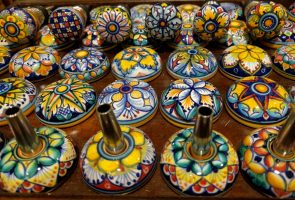
If you love traditional artisan crafts, then you should have your credit card at the ready when visiting Umbria. This is a region of small, historic, family-run workshops, for anything from shoes to fine linens to hand-painted ceramics to organic olive oil. We all want our souvenirs to have a story, and here you will likely meet and chat with the very person who has crafted what you will be tucking into your suitcase to treasure for years afterward. Deruta and Gubbio are historic centers for ceramics; Montefalco and Perugia produce traditional jacquard linens in cotton, silk, and wool; and the most prized olive oil comes from the mountain slopes between Spello and Spoleto.
Can't-Miss Photo Op
As a region of hilltowns, you can hardly turn your head without gasping at yet another marvelous overlook. Two that stand out, however, are Montefalco’s Piazza Belvedere at sunset (while gazing across the valley at the flickering lights of Assisi, Spello, and Trevi you’ll understand why this town is known as the “Ringhiera dell’Umbria,” or the balcony over Umbria), and the scenic overlook in Perugia’s Giardini Carducci, with the lit belltowers of San Domenico, San Pietro and, in the distance, Assisi’s San Francesco spread out before you. The best part? Umbria is so quiet that you don’t have to elbow through the crowds to get a good shot. In fact, you’ll often have the sunset all to yourself.



